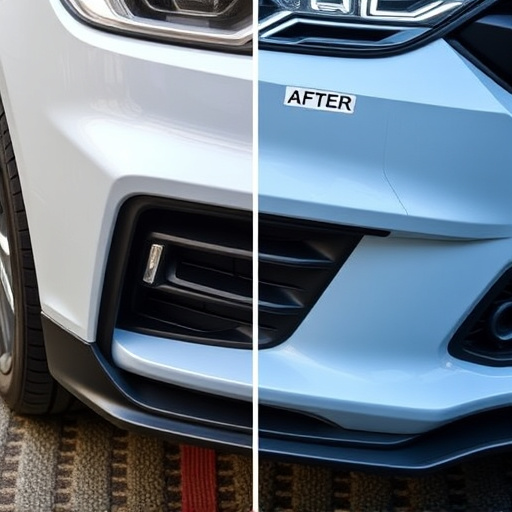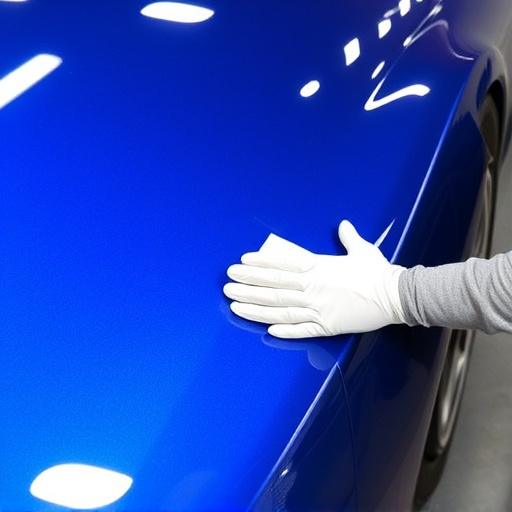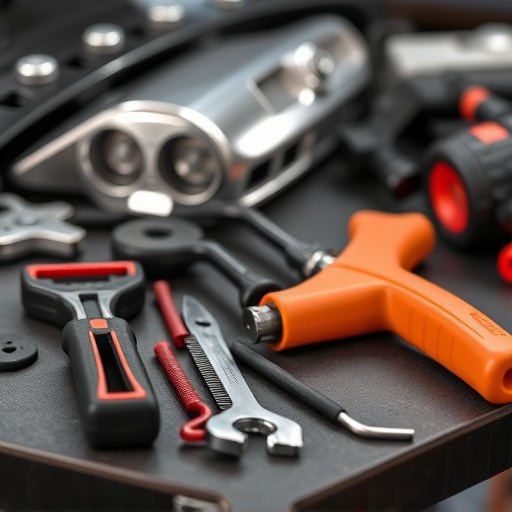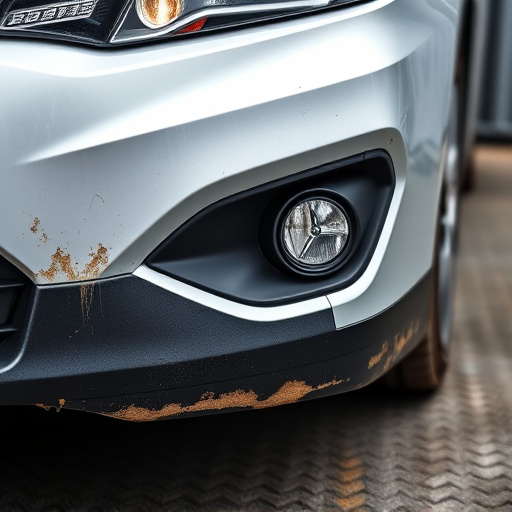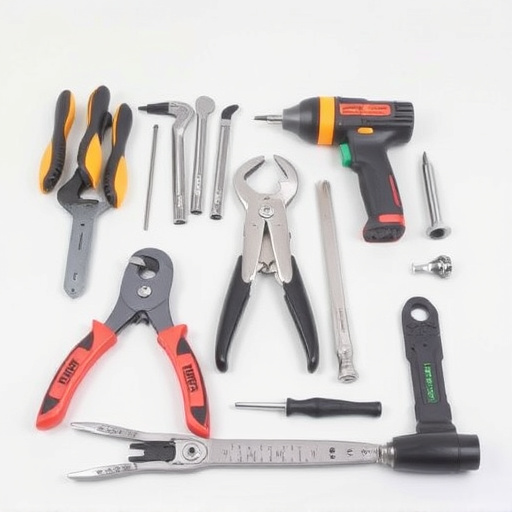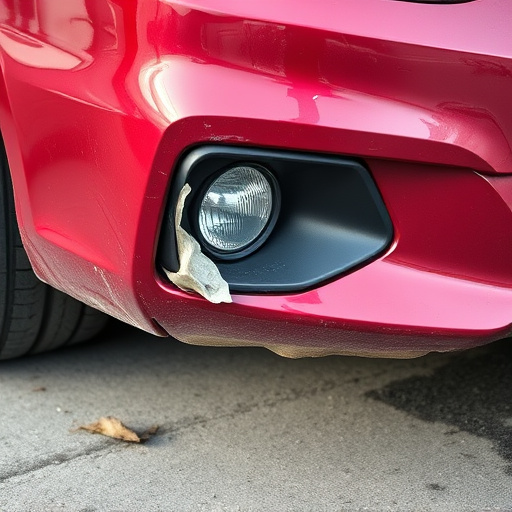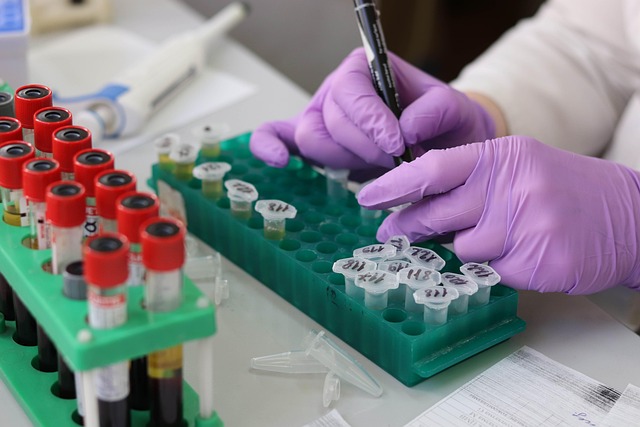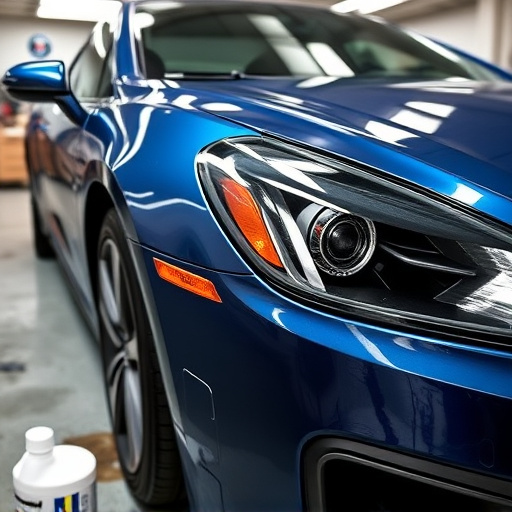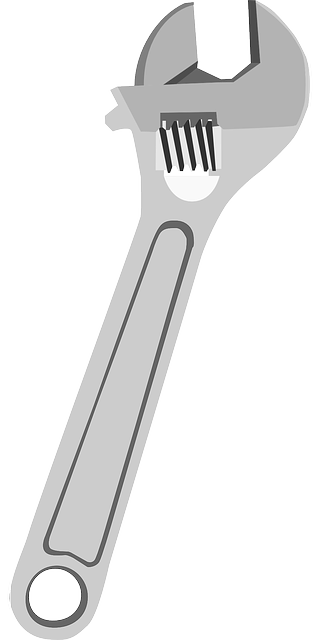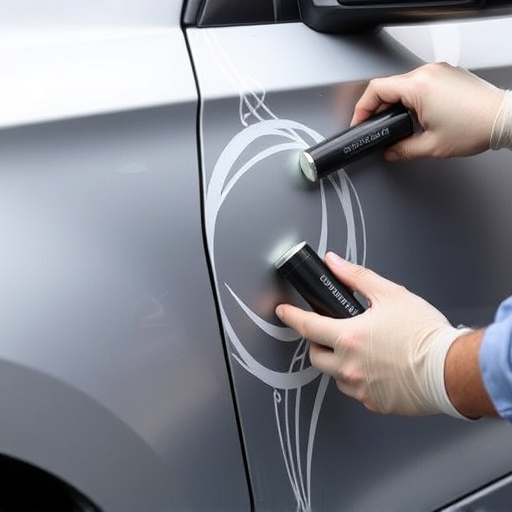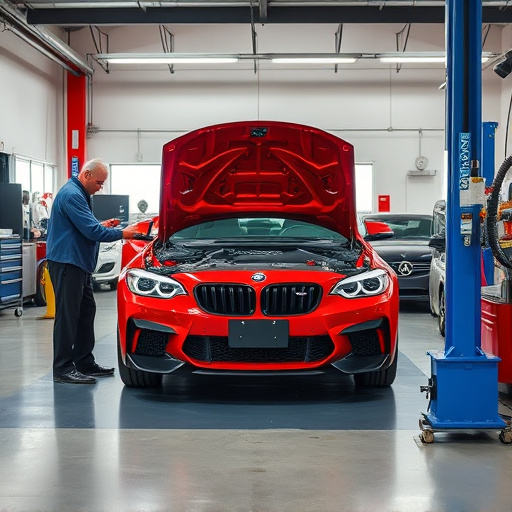Vehicle repair communication is vital for successful auto service, fostering trust through clear explanations of issues, solutions, and costs. Mechanics should use simple language and visual aids to avoid misunderstandings, ensuring customers understand diagnostics and proposed repairs. Proactive communication via text, email, and customer portals keeps clients informed throughout, building trust in services like dent removal or complex auto repair.
Effective vehicle repair communication is a powerful tool that can significantly enhance the customer experience. It plays a pivotal role in preventing misunderstandings, ensuring everyone involved understands the repair process. This article explores the critical nature of clear communication in vehicle service, delving into common misconceptions and offering best practices to streamline interactions between mechanics and clients. By implementing these strategies, auto shops can foster transparency, build trust, and deliver superior customer satisfaction.
- The Role of Clear Communication in Vehicle Repair
- Common Misunderstandings in Auto Service and How to Avoid Them
- Best Practices for Effective Vehicle Repair Communication
The Role of Clear Communication in Vehicle Repair

Effective communication is the cornerstone of any successful vehicle repair process. It plays a pivotal role in ensuring that both the customer and the mechanic are on the same page, leading to better outcomes and greater satisfaction. When it comes to automotive repairs, clear and open dialogue helps prevent misunderstandings and miscommunications that can often arise from complex procedures or technical jargon.
Vehicle repair communication goes beyond simply discussing the issue at hand. It involves explaining the problem, outlining potential solutions, and providing cost estimates transparently. For instance, addressing a car scratch repair or an automotive repair requiring auto detailing, clear communication ensures the customer understands the process, the expected timeline, and the associated costs. This fosters trust and encourages customers to ask questions, ensuring they are actively involved in their vehicle’s care and maintenance.
Common Misunderstandings in Auto Service and How to Avoid Them

In the fast-paced world of auto service, misunderstandings can occur due to miscommunication between customers and automotive professionals. A simple mistake in interpreting a symptom or misunderstanding a technical term can lead to incorrect repairs or dissatisfaction with the service received. For instance, a customer might describe a subtle noise as a “clunk” when it could be a more serious issue like a loose suspension component. This is where effective vehicle repair communication becomes paramount.
To avoid such pitfalls, clear and concise communication is key. Auto collision repair shops and their staff should ensure that customers understand the diagnostic process, potential issues, and proposed solutions. Using simple language and providing visual aids can significantly reduce misunderstandings. For example, a technician could show a customer a picture of a damaged part and explain its function, ensuring both parties are on the same page regarding the auto repair shop’s findings and recommendations. This proactive approach fosters trust and ensures customers receive accurate and satisfying service from collision centers.
Best Practices for Effective Vehicle Repair Communication

Effective vehicle repair communication is a two-way street that involves both clear and concise messaging from the repair shop and active listening by the customer. Best practices include ensuring every step of the process—from the initial consultation to final handover—is transparently communicated. This means clearly explaining each diagnostic step, providing accurate estimates, and discussing potential solutions with customers before proceeding. A well-informed client can make informed decisions about their vehicle’s repair, fostering trust in the collision repair center or auto repair services they’ve chosen.
Additionally, utilizing modern communication tools such as text messaging, email updates, and customer portals allows for real-time interaction and easy access to information. These methods enable customers to stay apprised of their vehicle’s progress, ask questions, and request changes without the need for frequent phone calls. This proactive approach to vehicle repair communication not only prevents misunderstandings but also enhances overall customer satisfaction with services like dent removal or more complex auto repair tasks.
Effective vehicle repair communication is a powerful tool to prevent misunderstandings and ensure customer satisfaction. By implementing best practices, auto service centers can enhance their interactions with clients, fostering trust and transparency. Clear and concise information about repairs, costs, and timelines helps customers make informed decisions. Embracing open dialogue allows technicians to address concerns promptly, reducing the risk of errors and miscommunications. Ultimately, prioritizing vehicle repair communication leads to a smoother experience for both parties, solidifying customer loyalty.
